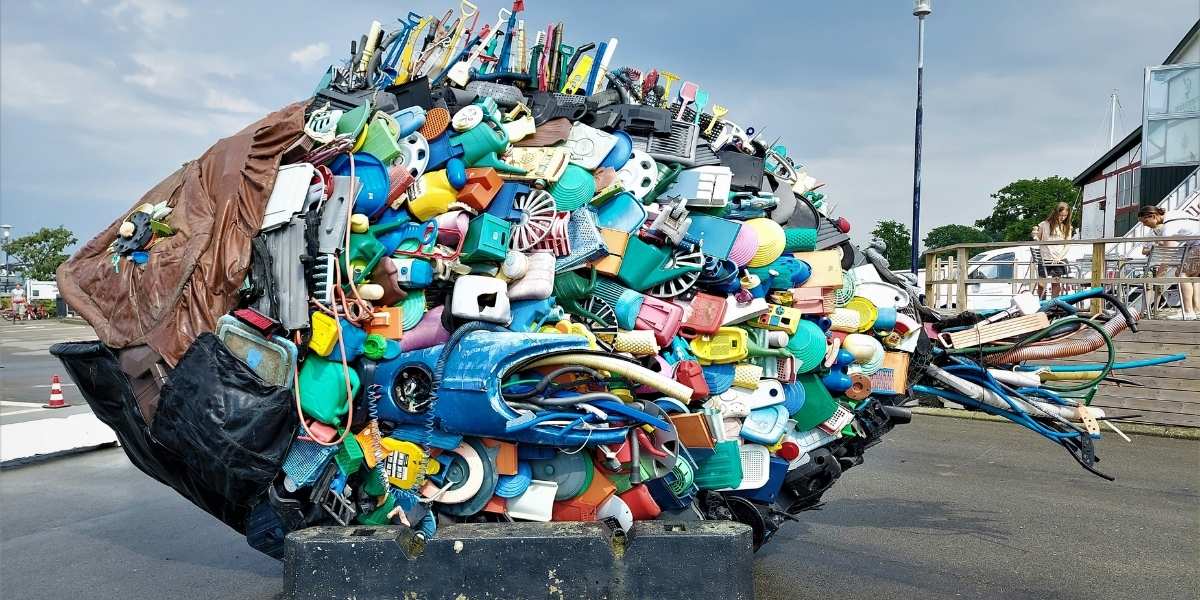Your Essential Guide to Safe and Sanitary Makeup Practices
Makeup is more than just a beauty routine—it’s a form of self-expression and confidence. However, without proper hygiene, makeup products and tools can become breeding grounds for bacteria, fungi, and viruses that lead to skin irritation, infections, and other health concerns. Practicing safe and sanitary makeup habits protects your skin, preserves your health, and enhances the effectiveness of your beauty routine. This comprehensive guide dives into the best practices for choosing products, maintaining cleanliness, and creating a healthy makeup regimen that supports both your skin’s health and your style.
Read Also: Overcoming Seasonal Affective Disorder: Strategies for Coping with SAD
Why Makeup Hygiene Is Crucial
Makeup products frequently come into contact with sensitive areas such as the eyes and lips, which are vulnerable to infection. Unclean brushes, sponges, or expired products can introduce harmful microorganisms directly onto your skin. This can result in clogged pores, breakouts, allergic reactions, and even eye infections like conjunctivitis.
Experts recommend prioritizing hygiene in makeup routines not only to avoid infections but also to extend the lifespan of products. Clean tools and fresh products work better, allowing makeup to apply smoothly and look flawless.
Choosing Safe and Skin-Friendly Makeup Products
Understand Your Skin Type and Sensitivities
Selecting makeup that matches your skin type—whether oily, dry, sensitive, or combination—is the foundation of a safe routine. Products labeled non-comedogenic reduce the risk of clogged pores and breakouts. For sensitive skin, hypoallergenic options without harsh fragrances or preservatives are preferable.
Read Labels Carefully
Be mindful of ingredients that may cause irritation, such as parabens, sulfates, or artificial dyes. Natural or clean beauty brands often offer gentler alternatives. While “natural” isn’t always synonymous with safe, transparency about ingredients is key.
Keep Track of Expiration Dates
Makeup doesn’t last forever. Foundations and powders typically expire within 12 to 18 months, while mascaras and eyeliners should be replaced every three months to prevent eye infections. Expired products degrade in quality and can harbor bacteria.
Choose Hygienic Packaging
Products in pump dispensers or tubes reduce exposure to air and contaminants compared to open jars or palettes, helping maintain product integrity.
Maintaining Clean Makeup Tools
Makeup brushes, sponges, and applicators collect oils, dead skin cells, and bacteria with each use. Cleaning them regularly prevents these build-ups from transferring to your skin.
How to Clean Brushes and Sponges
-
Use gentle soap or brush cleanser and lukewarm water.
-
Swirl brushes or soak sponges briefly, then rinse until water runs clear.
-
Squeeze out excess water and lay flat to dry to maintain shape.
-
Clean tools at least once a week if used daily.
When to Replace Tools
Makeup sponges should be replaced every 1-3 months depending on use and condition. Brushes last longer but should be inspected for fraying or persistent buildup.
Safe Makeup Application Practices
Wash Hands Before Application
Starting with clean hands minimizes bacteria transfer. It also prevents dirt and oils from interfering with your makeup’s appearance.
Avoid Using Fingers on Shared Products
Finger contact can introduce bacteria into jars and palettes. Use disposable applicators or brushes to maintain cleanliness.
Don’t Share Your Makeup
Sharing products increases the risk of spreading infections, especially eye makeup. Keep your personal items personal.
Proper Makeup Removal and Skin Care
Removing makeup thoroughly is essential to prevent clogged pores and irritation.
Choose Gentle Makeup Removers
Use removers suited to your skin type, such as micellar water, cleansing oils, or wipes, to dissolve makeup without harsh rubbing.
Follow with a Cleanser
After removing makeup, wash your face with a gentle cleanser to remove residual oils and dirt. This prepares your skin to breathe and absorb moisturizers.
Never Sleep with Makeup On
Leaving makeup on overnight blocks pores, leads to dullness, and increases risk of skin problems.
Special Care for Eye and Lip Makeup
The eyes and lips are sensitive areas requiring extra attention.
Replace Eye Makeup Regularly
Mascara and liquid eyeliners can quickly harbor bacteria. Replace them every three months and avoid pumping the wand, which traps air and bacteria inside.
Clean Lipstick Surfaces
Wipe lipstick and gloss surfaces regularly with a clean tissue to remove buildup. Avoid sharing to prevent contamination.
Signs You Should Watch For
Be attentive to skin reactions such as redness, itching, swelling, or unusual discharge around your eyes or mouth after applying makeup. These may indicate infection or allergy and should prompt discontinuation of products and consultation with a dermatologist.
Creating a Personalized and Safe Makeup Routine
-
Choose products that suit your skin type and are within their expiration dates.
-
Commit to cleaning tools weekly.
-
Wash hands before makeup application.
-
Remove makeup thoroughly every day.
-
Replace sensitive products regularly.
-
Stay informed about product ingredients and hygiene practices.
This routine fosters healthy skin and elevates your makeup experience.
Read Also: How Slow Breathing Boosts Well-being and Reduces Stress
Beauty Meets Safety
Safe and sanitary makeup practices protect your skin while enhancing your beauty routine. By selecting skin-friendly products, keeping your tools clean, and following mindful application and removal habits, you safeguard your health without sacrificing style. Prioritizing hygiene empowers you to enjoy makeup confidently and comfortably, ensuring that your radiant appearance reflects not only outer beauty but also inner care.








